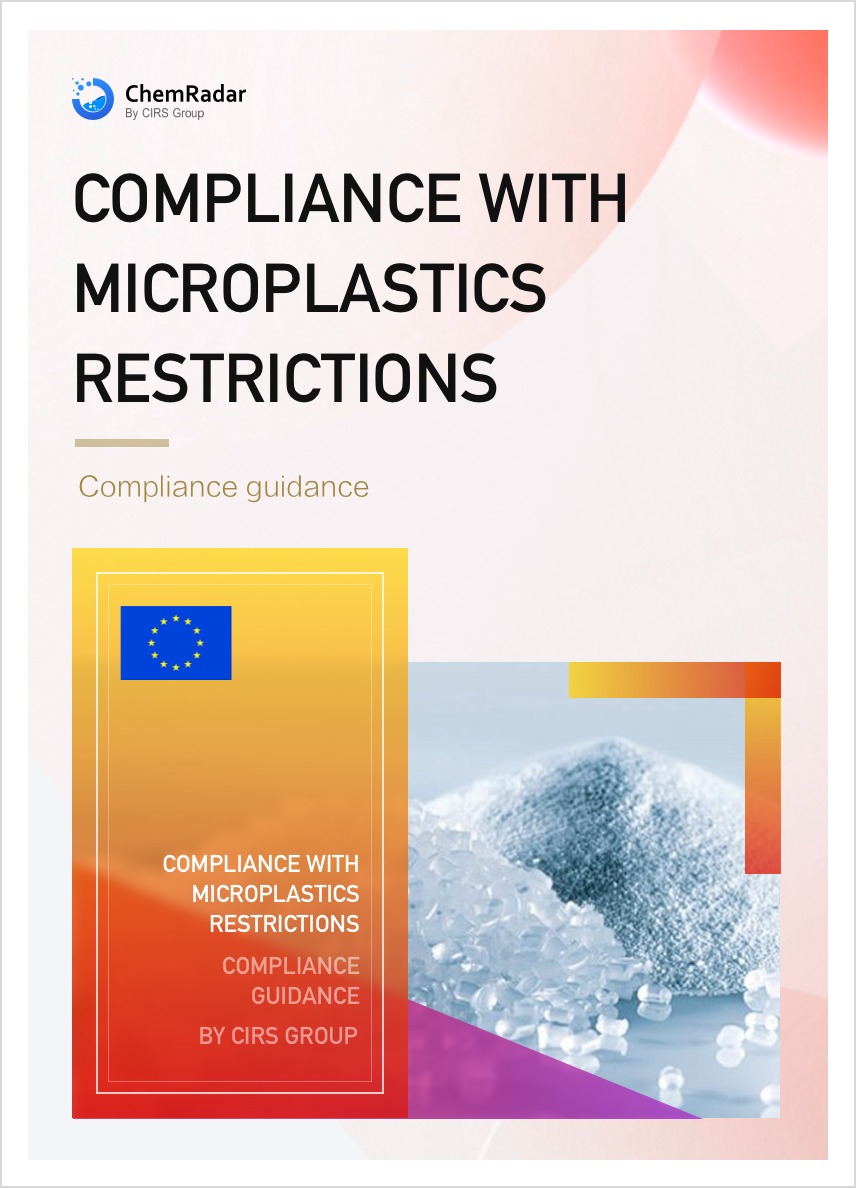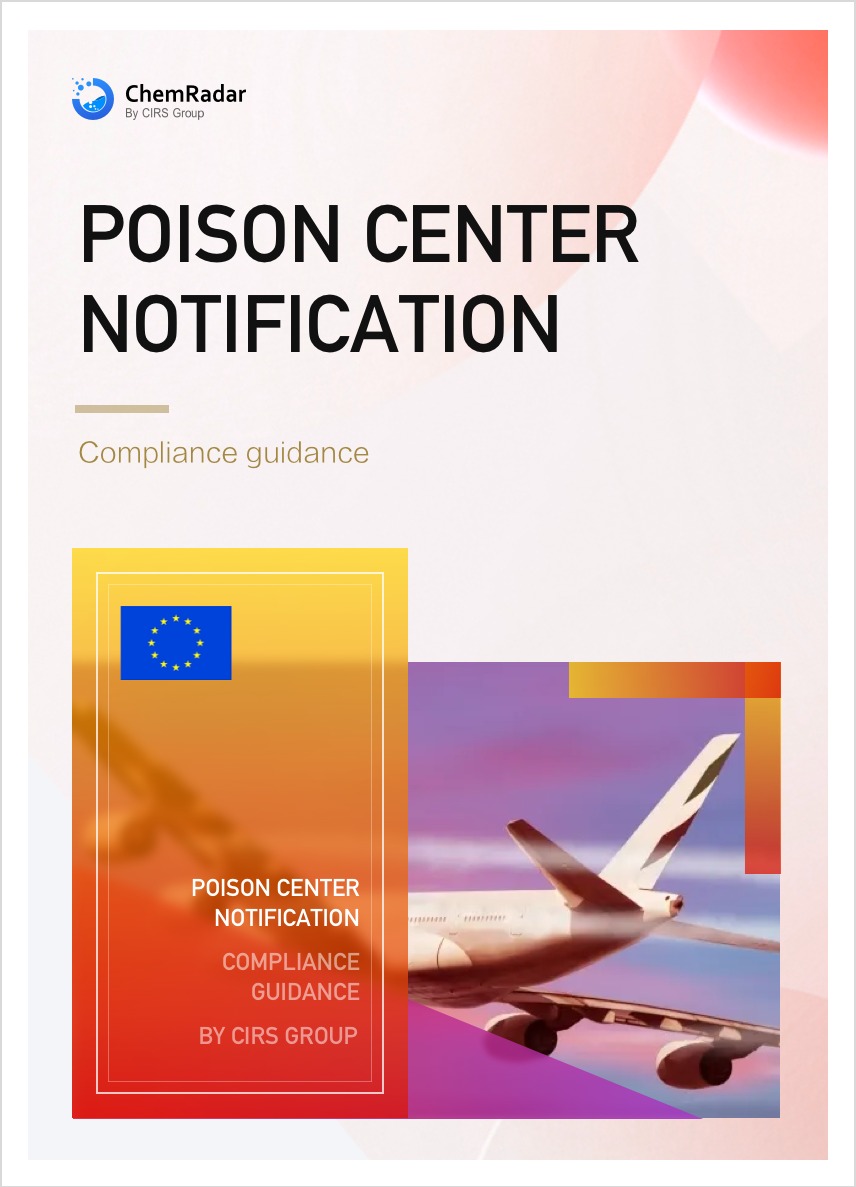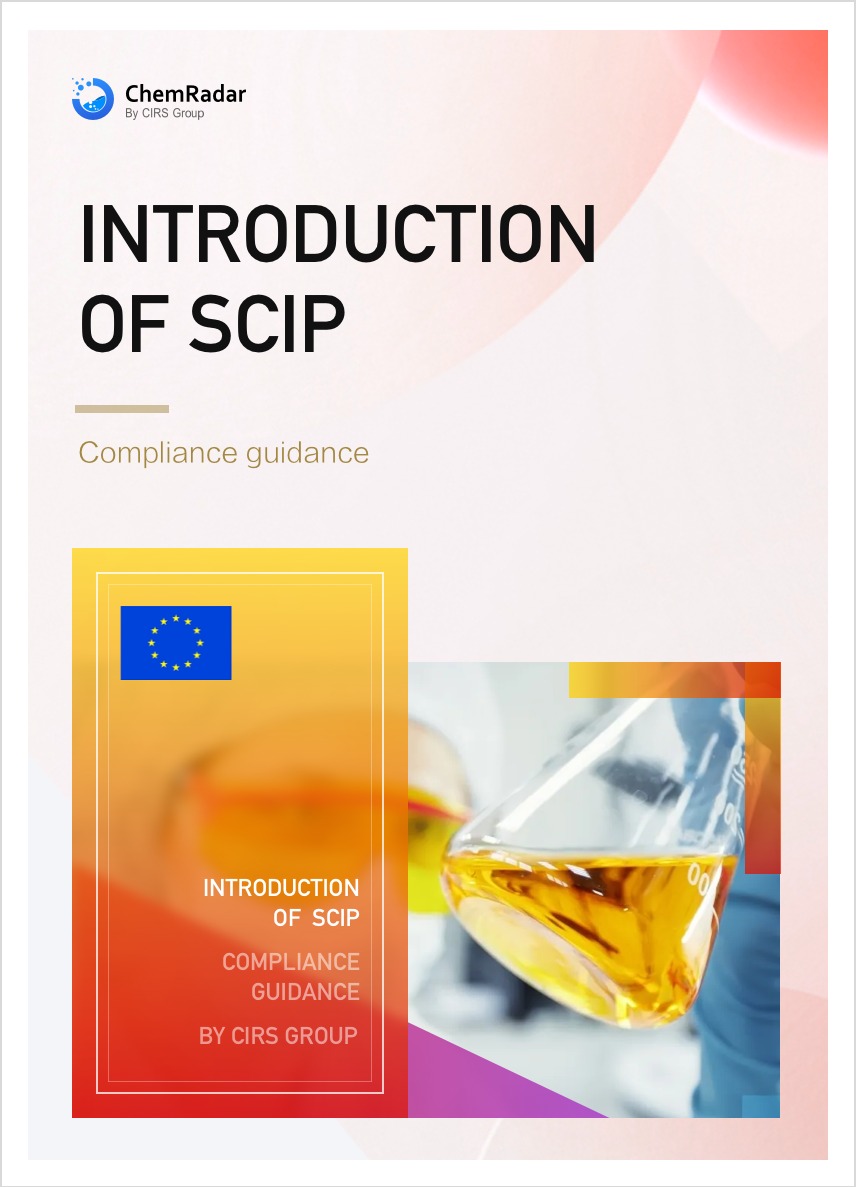The European Chemicals Agency (ECHA) hosted a webinar on April 2 to present the results of its REF-11 SDS compliance checks. Key topics included the REF-11 project outcomes and recommendations, stakeholder and industry perspectives on SDS challenges, and enforcement experiences from national authorities. Speakers also addressed questions from participants.
Regulatory Background
Regulation (EU) 2020/878, effective January 1, 2023, introduced new requirements for SDS content and format. These cover details such as nanoforms, endocrine-disrupting properties, specific concentration limits (SCLs), acute toxicity estimates (ATEs), and environmental multiplier factors (M-factors). The REF-11 project aimed to assess SDS completeness, compliance with new rules, and the quality of information provided. Non-compliance refers to missing, incorrect, or implausible SDS information, or failure to supply an SDS altogether.
Key Findings from 30 Years of SDS Compliance Checks
Over three decades, SDS non-compliance rates have dropped from 50-60% to 35%, indicating significant improvements. However, gaps remain. Only 4% of cases involved missing SDSs, suggesting effective information flow.
SDS Non-Compliance Summary
|
Relevant Article |
Description |
% Non-compliance |
|
Article 31.1 & 31.3 |
Provision of SDS according to Annex II |
35 |
|
Article 31.5 |
Language |
5 |
|
Article 31.7 |
Exposure scenarios |
18 |
|
Article 31.9 |
Provision of updated SDS |
21 |
Identified Challenges
- Consistency: Classification and content alignment need improvement.
- Critical Sections: Sections 1, 2, 3, 8, and 9 often lack required details (e.g., glove types, breakthrough times in Section 8).
- Translation Errors: Machine-translated SDSs may omit critical hazards, endangering non-English workers.
- Incomplete Data: Missing corrosion controls despite substance hazards.
Recommendations for SDS Duty Holders
- Understand and implement the latest regulatory requirements.
- Ensure consistency and coherence of SDS information.
- Provide updated, compliant SDSs.
- Customize SDSs using relevant data.
- Industry organizations should support members.
- Downstream users must verify received SDSs and request missing information.
Enforcement Priorities
National authorities should:
- Monitor SDS quality.
- Raise awareness of new requirements.
- Use available data for inspections.
Industry Perspectives
- Small and medium enterprises (SMEs) struggle to prepare compliant SDSs, sometimes discontinuing products to ensure compliance.
- Supply chain challenges include inconsistent SDS versions and poor communication of updates.
- Waste management and emission data in SDSs need enhancement.
- Converting non-EU SDSs to CLP-compliant formats faces data gaps.
Country Experiences
Italy and Denmark highlighted enforcement practices:
- Sections 1, 2, 3, 8, and 9 remain focal points.
- Companies must respond promptly to rectification notices; refusal may lead to penalties.





